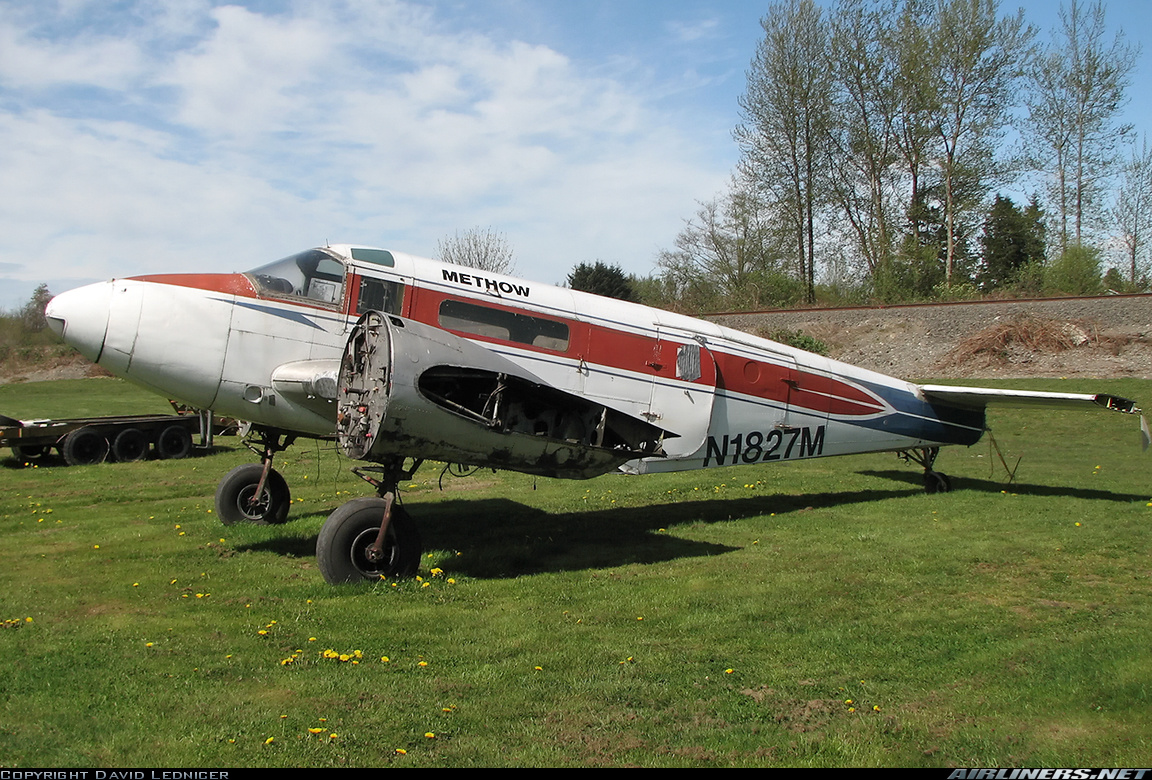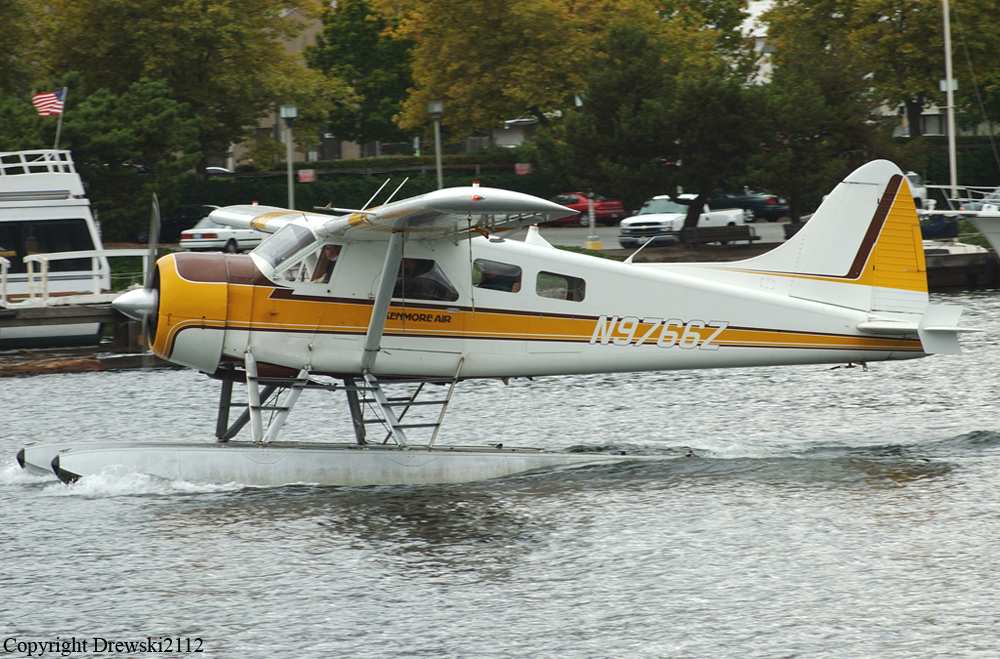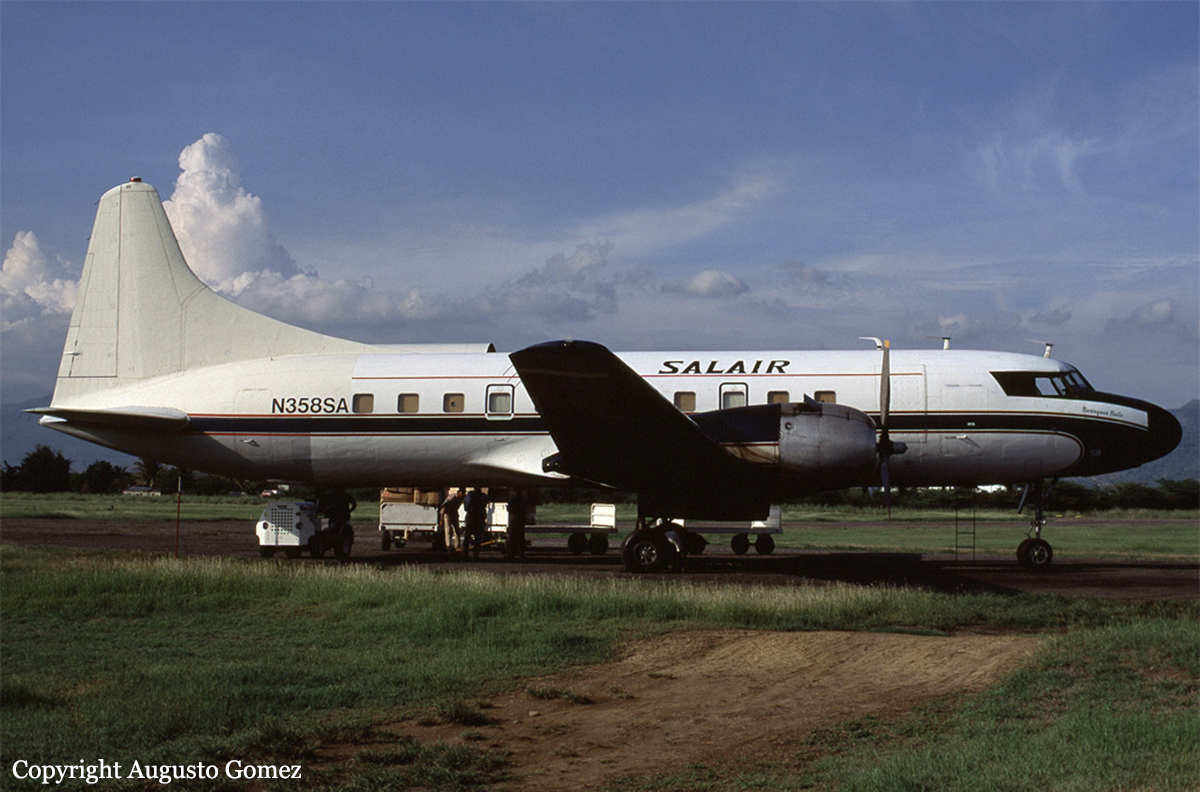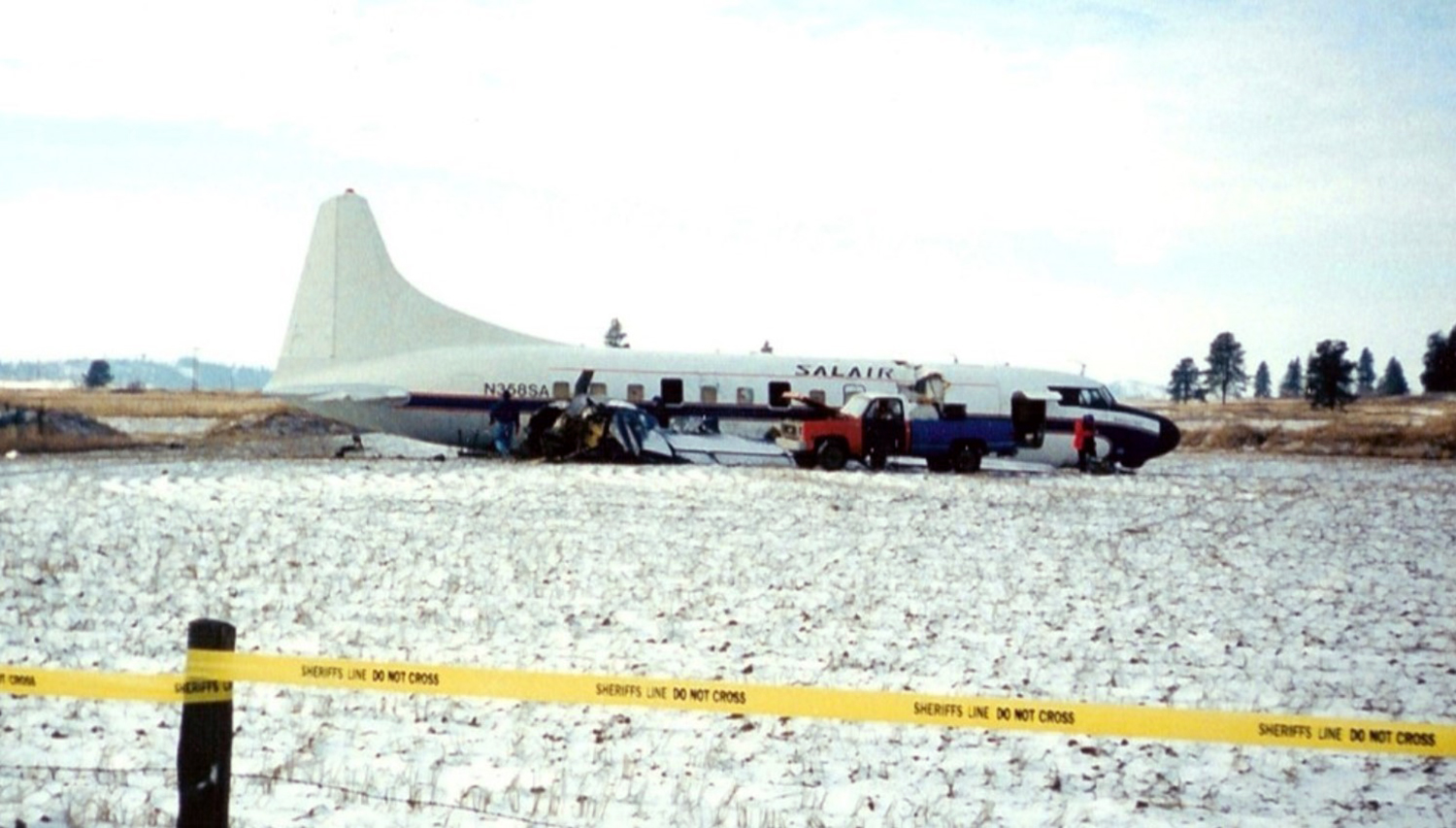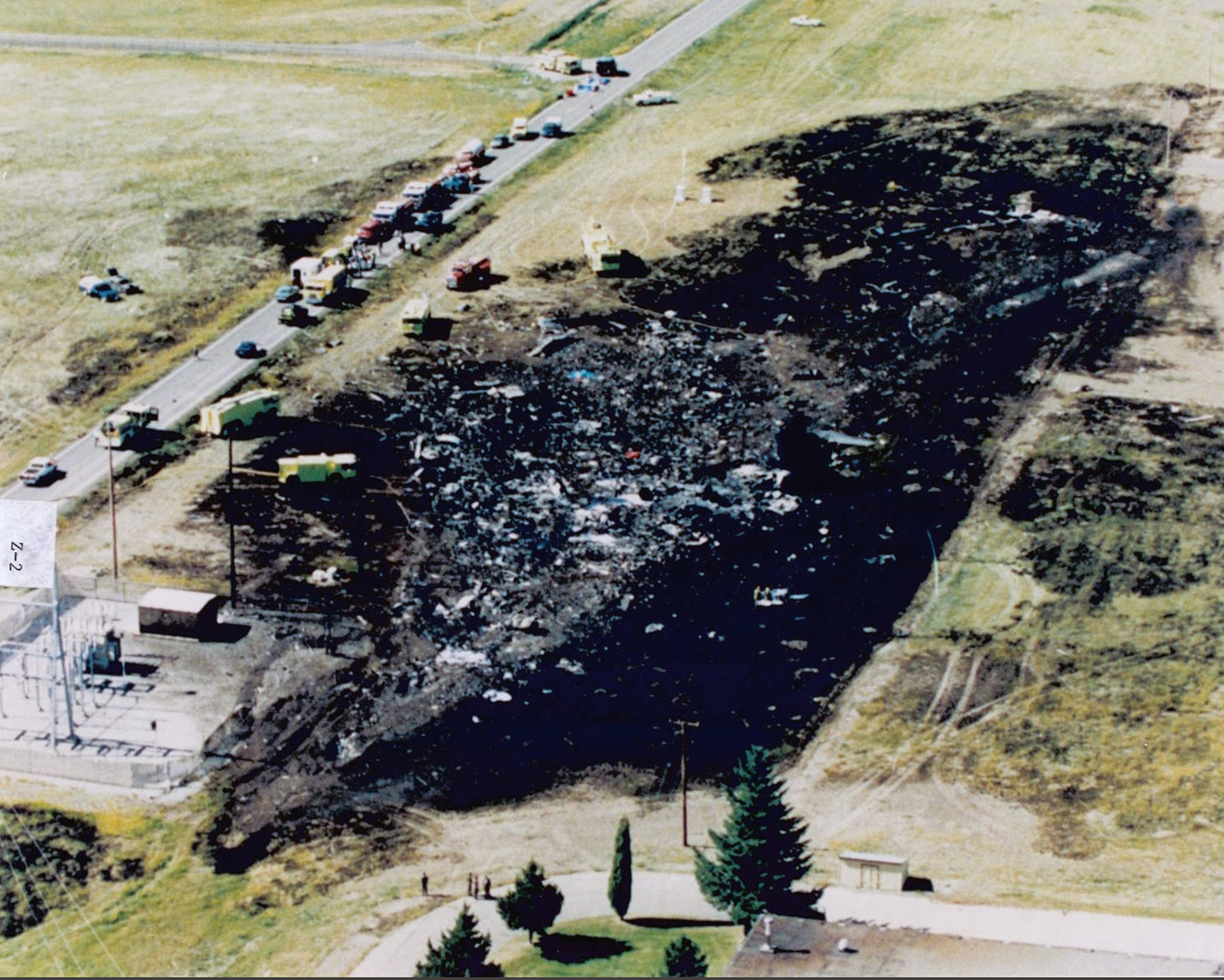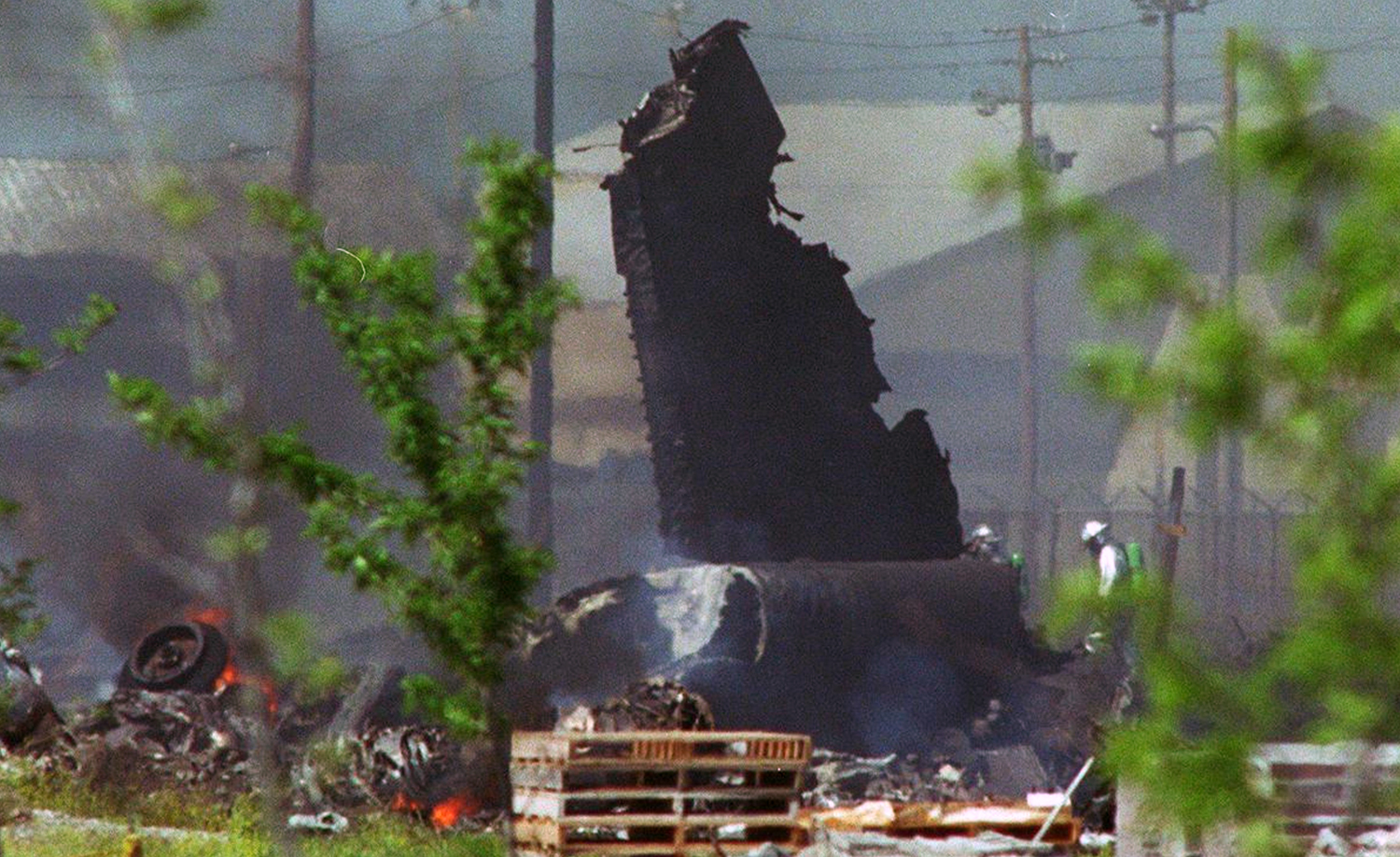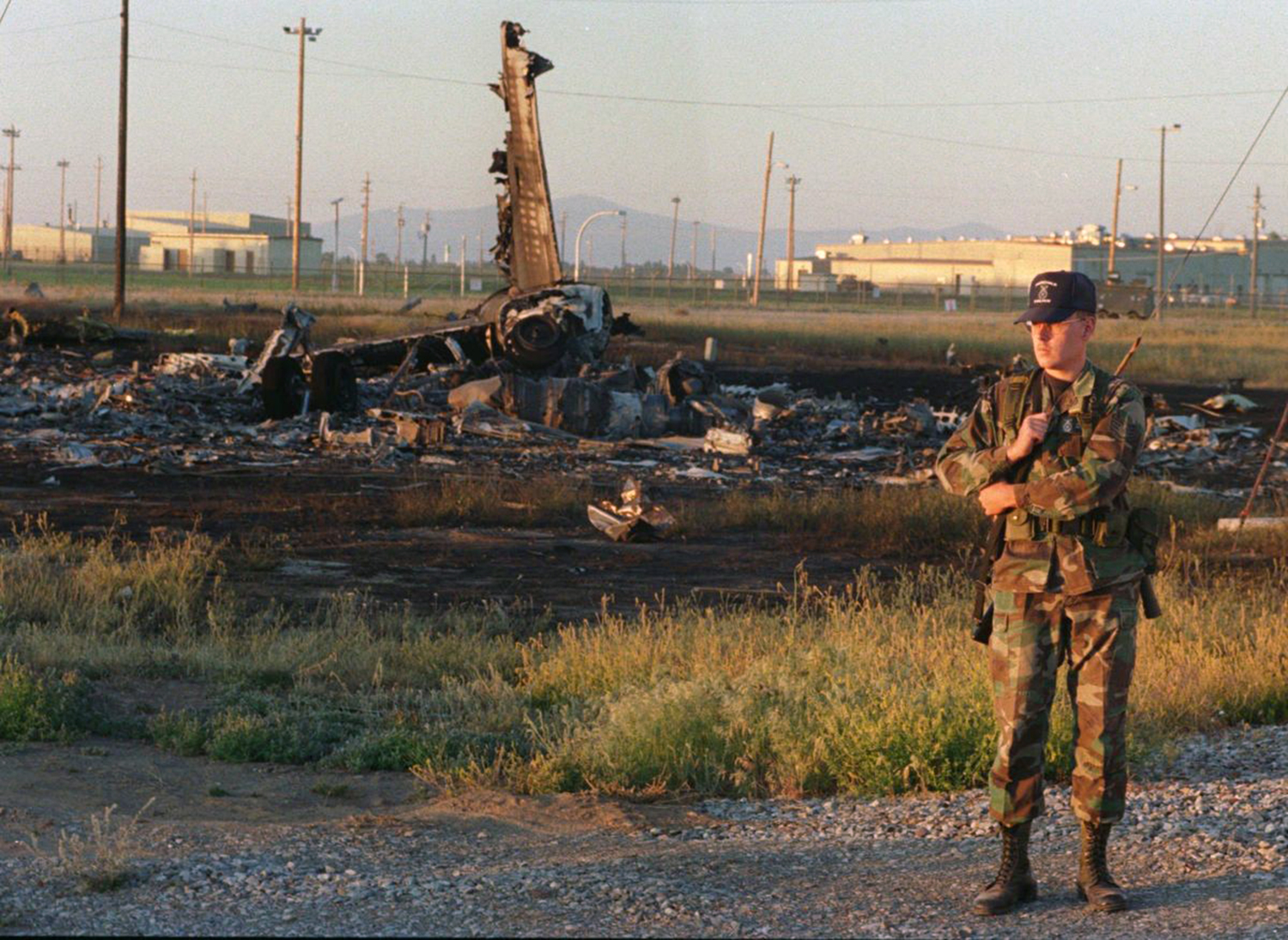Crash of a Beechcraft D18S in Everett
Date & Time:
Jan 10, 2000 at 2024 LT
Registration:
N1827M
Survivors:
Yes
Schedule:
Everett - Burlington
MSN:
A-394
YOM:
1947
Crew on board:
1
Crew fatalities:
Pax on board:
0
Pax fatalities:
Other fatalities:
Total fatalities:
0
Captain / Total hours on type:
404.00
Aircraft flight hours:
10429
Circumstances:
The pilot reported that the start, taxi and run-up were normal. The engines were producing full power for the takeoff ground roll. The pilot stated that the airplane lifted off and attained an altitude of approximately five feet when it began to bank and roll to the left. The pilot applied corrective action, however, the airplane would not respond. The pilot elected to abort the take off and reduced engine power. The airplane touched down in the soft dirt/grass next to the runway. The main landing gear collapsed and the airplane slid to a stop. The pilot reported that there was no indication of a mechanical failure or malfunction with the engines. An FAA inspector verified flight control continuity with no abnormalities noted.
Probable cause:
Loss of aircraft control during initial climb for undetermined reasons.
Final Report:
